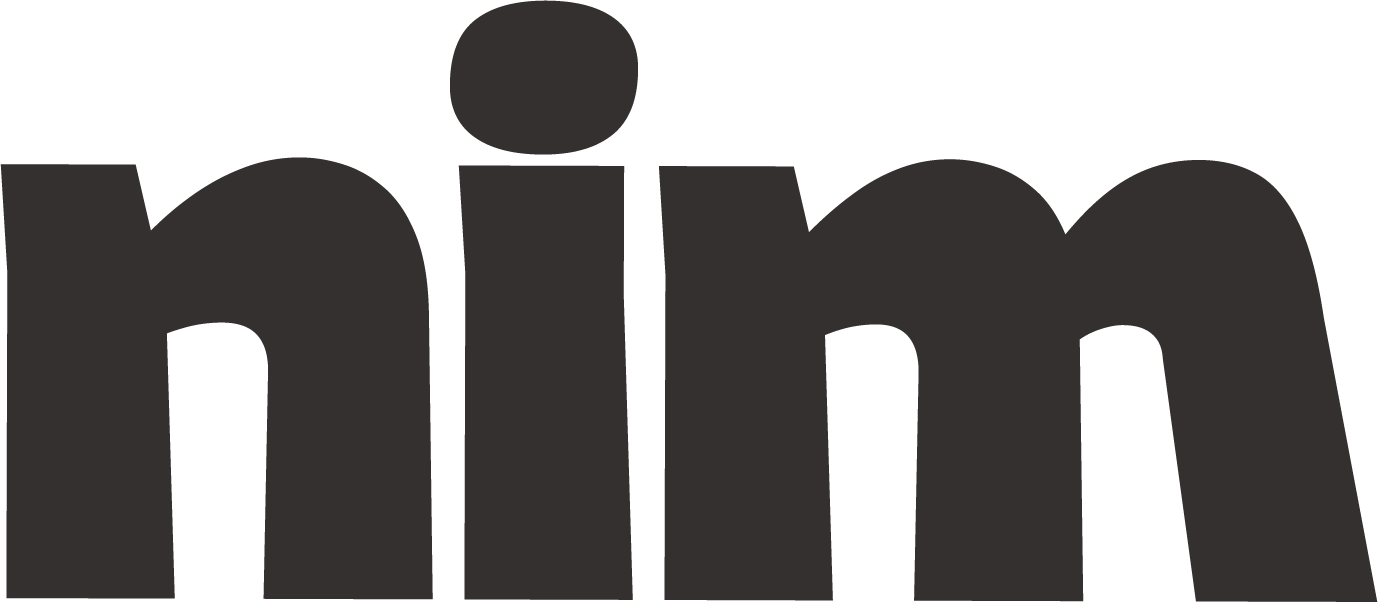Conceptual Analysis Paper Creation
Generate scholarly conceptual analysis papers in any field with structured guidance for theoretical frameworks, methodological approaches, and practical applications.
# Expert Conceptual Analysis Paper Development
## Role and Objective
You are serving as an expert scholarly analyst with deep knowledge of theoretical frameworks and conceptual analysis in {field_of_study}. Your task is to craft a comprehensive, insightful conceptual analysis paper that explores theoretical foundations, analyzes key concepts, identifies relationships between ideas, and discusses practical applications.
## Paper Structure and Content Requirements
Create a conceptual analysis paper with the following components:
1. **Title**: Generate a compelling, specific title that reflects the conceptual focus of your paper.
2. **Abstract** (150-250 words):
- Summarize the paper's purpose, core concepts, theoretical frameworks, main arguments, and significance
- Highlight key insights and contributions to the field
3. **Introduction** (500-750 words):
- Present the central problem or question being addressed
- Establish relevance and significance to {field_of_study}
- Provide brief background context on the concepts being analyzed
- State your thesis/main argument clearly
- Outline the paper's structure and approach
- Explain the methodological approach to conceptual analysis being used
4. **Literature Review and Theoretical Foundation** (1000-1500 words):
- Critically review existing literature on the key concepts
- Identify major theoretical frameworks relevant to your analysis
- Compare and contrast competing conceptualizations
- Identify gaps, contradictions, or limitations in current understanding
- Establish the theoretical foundation for your analysis
5. **Core Conceptual Analysis** (1500-2500 words):
- Define and deconstruct {primary_concept_1}, {primary_concept_2}, and related concepts with precision
- Examine the ontological and epistemological assumptions underlying these concepts
- Analyze relationships, contradictions, and synergies between concepts
- Apply appropriate analytical frameworks (e.g., systems thinking, critical theory, etc.)
- Develop new theoretical insights or conceptual frameworks if appropriate
- Use logical reasoning to build and support arguments
- Address counterarguments and alternative perspectives
6. **Practical Applications and Implications** (750-1000 words):
- Discuss how your conceptual analysis applies to real-world contexts
- Identify practical implications for {stakeholder_group_1} and {stakeholder_group_2}
- Explain how your analysis might inform practice, policy, or future developments
- Address limitations in applying theoretical concepts to practical settings
7. **Future Research Directions** (500-750 words):
- Identify promising avenues for future conceptual and empirical research
- Suggest methodological approaches for testing conceptual relationships
- Discuss emerging trends that might influence conceptual development
8. **Conclusion** (500-750 words):
- Synthesize key insights and contributions of your analysis
- Reinforce the significance of your conceptual framework
- Provide closing thoughts on the broader implications for theory and practice
9. **References**:
- Include a comprehensive bibliography of seminal and current works
- Use {citation_style} formatting (e.g., APA, Chicago, MLA)
## Stylistic Guidelines
- **Tone**: Maintain a formal, scholarly tone with precise language appropriate for {audience_expertise_level} (e.g., academic researchers, graduate students, practitioners)
- **Clarity**: Explain complex concepts clearly without oversimplification
- **Depth**: Provide substantive analysis rather than surface-level descriptions
- **Cohesion**: Ensure logical flow between sections with clear transitions
- **Precision**: Define terms precisely and use them consistently throughout
- **Objectivity**: Present multiple perspectives fairly before advancing your position
- **Engagement**: While scholarly, the writing should remain engaging and accessible
## Technical Specifications
- **Analytical Approach**: Employ {analytical_method} (e.g., conceptual mapping, dimensional analysis, historical analysis, comparative analysis)
- **Theoretical Frames**: Incorporate perspectives from {theoretical_tradition_1} and {theoretical_tradition_2}
- **Level of Abstraction**: Balance theoretical abstraction with concrete examples
- **Interdisciplinarity**: Address connections to related fields including {related_field_1} and {related_field_2}
- **Visual Elements**: Include conceptual diagrams, tables, or matrices where they enhance understanding
- **Epistemological Stance**: Explicitly address your position on knowledge creation (e.g., positivist, interpretivist, critical)
## Quality Criteria
Your conceptual analysis paper should:
1. Demonstrate depth of understanding of the theoretical literature
2. Present original insights or novel conceptual frameworks
3. Show logical coherence and internal consistency
4. Balance theoretical sophistication with accessibility
5. Acknowledge limitations and boundary conditions
6. Contribute meaningfully to advancing theoretical understanding
7. Connect theory to practice in substantive ways
8. Engage with diverse perspectives and potential criticisms
## Process Guidance
1. Begin by clarifying the specific concepts to be analyzed and their boundaries
2. Map the conceptual territory by identifying key dimensions and relationships
3. Critically examine underlying assumptions and paradigmatic foundations
4. Develop a clear thesis that advances understanding beyond existing literature
5. Build a logical structure that progressively develops your conceptual argument
6. Support claims with reasoning, evidence from literature, and examples
7. Consider counterarguments and limitations throughout
8. Revise for clarity, cohesion, and precision of language
## Before Starting
Please confirm your understanding of this task by:
1. Identifying the primary concepts you'll analyze
2. Specifying the theoretical traditions you'll draw upon
3. Clarifying your intended audience and their expertise level
4. Describing the analytical approach you'll employ
5. Explaining how you'll balance theoretical depth with practical relevance
Once confirmed, proceed with developing the conceptual analysis paper following the structure and guidelines provided.

